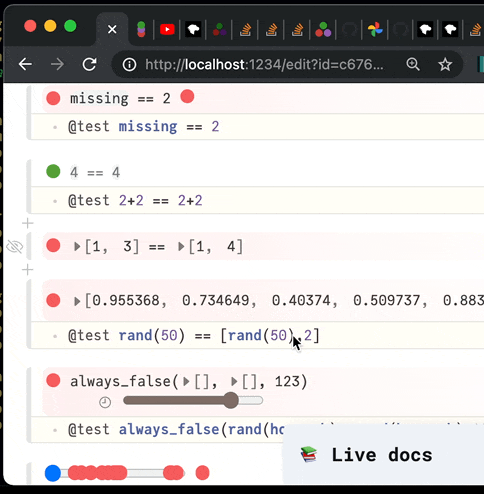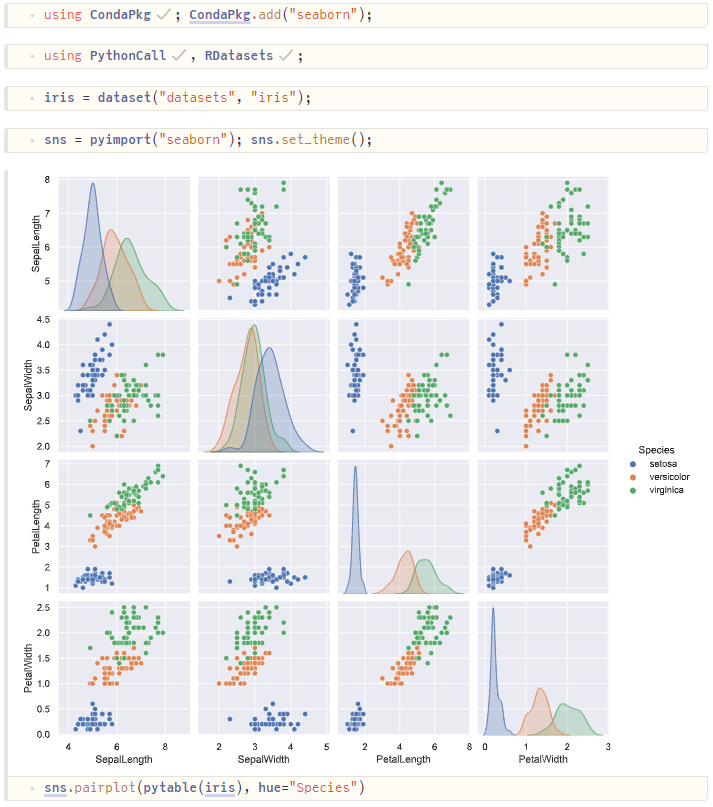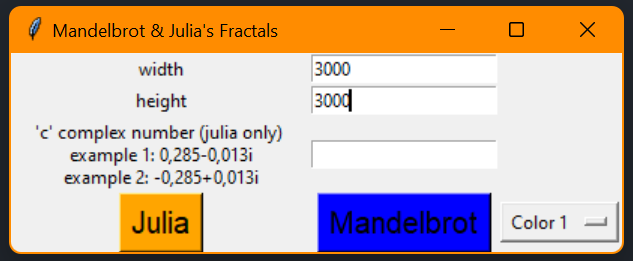Course Description
The programming language Julia is being more and more adopted in High Performance Computing (HPC) due to its unique way to combine performance with simplicity and interactivity, enabling unprecedented productivity in HPC development. This course will discuss both basic and advanced topics relevant for single and Multi-GPU computing with Julia. It will focus on the CUDA.jl package, which enables writing native Julia code for GPUs. Topics covered include the following:
- GPU array programming;
- GPU kernel programming;
- kernel launch parameters;
- usage of on-chip memory;
- Multi-GPU computing;
- code reflection and introspection; and
- diverse advanced optimization techniques.
This course combines lectures and hands-on sessions.
Target audience
This course addresses scientists interested in doing HPC using Julia. Previous Julia or GPU computing knowledge is not needed, but a good general understanding of programming is advantageous.
Instructors
- Dr. Tim Besard (Lead developer of CUDA.jl, Julia Computing Inc.)
- Dr. Samuel Omlin (Computational Scientist | Responsible for Julia computing, CSCS)
Course material
This git repository contains the material of day 1 and 2 (speaker: Dr. Samuel Omlin, CSCS). The material of day 3 and 4 is found in this git repository (speaker: Dr. Tim Besard, Julia Computing Inc.).
Course recording
The edited course recording is found here. The following list provides key entry points into the video.
Day 1:
00:00: Introduction to the course
05:02: General introduction to supercomputing
14:06: High-speed introduction to GPU computing
32:57: Walk through introduction notebook on memory copy and performance evaluation
Day 2:
1:24:53: Introduction to day 2
1:39:12: Walk through solutions of exercise 1 and 2 (data "transfer" optimisations)
Day 3:
03:31:57: Introduction to day 3
03:32:59: Presentation of notebook 1: cuda libraries
04:24:31: Presentation of notebook 2: programming models
05:30:46: Presentation of notebook 3: memory management
06:03:48: Presentation of notebook 4: concurrent computing
Day 4:
06:27:15: Introduction to day 4
06:28:13: Presentation of notebook 5: application analysis and optimisation
07:35:08: Presentation of notebook 6: kernel analysis and optimisation






